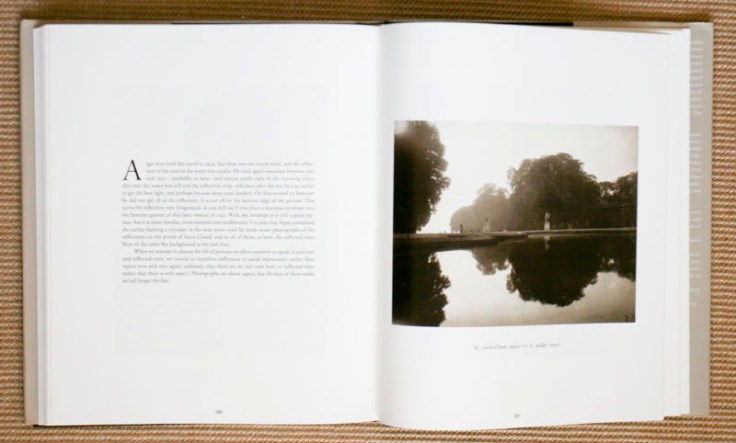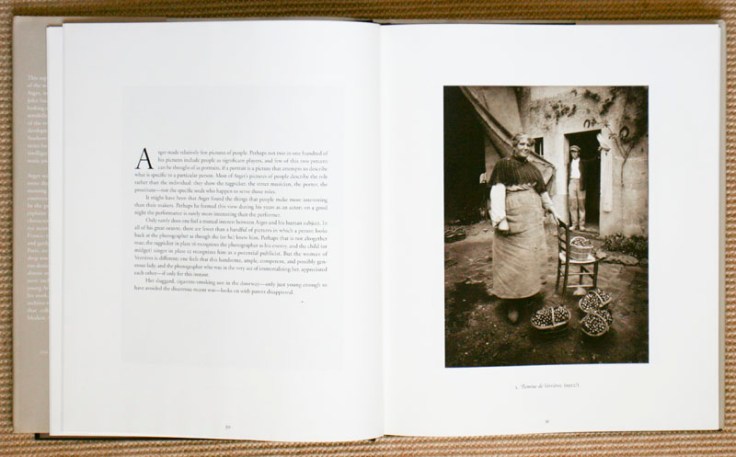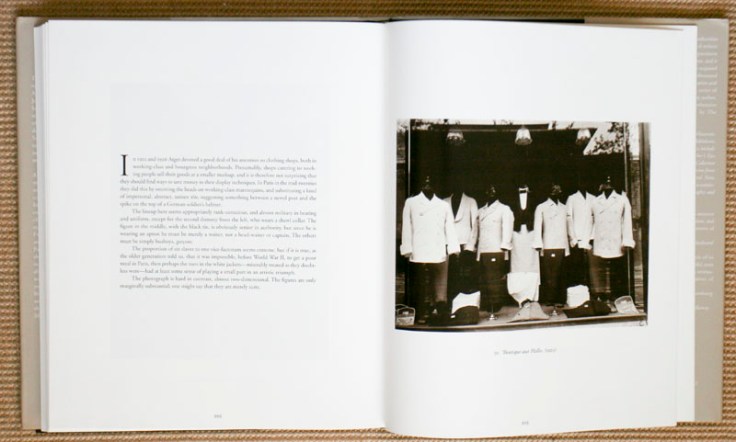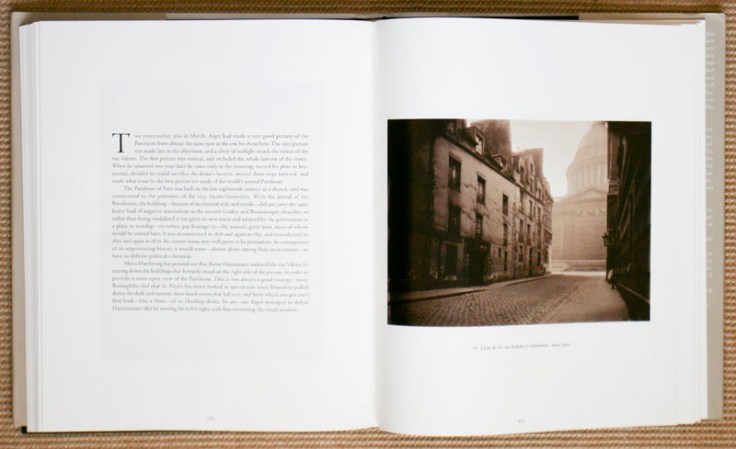“cour 7 rue de Valencia“, 1922, Eugene Atget, courtesy of MOMA
I had published an earlier article in Singular Images about my continuing interest in Eugene Atget’s photographic urban landscapes. I subsequently purchased the hardcover book Atget by the late John Szarkowski published by MOMA as a first edition in 2000. All I can say is that this is a wonderful book for anyone’s collection who is interested in Eugene Atget’s body of work.
Eugene Atget is usually characterized as the historical precedent for the photographic work of Walker Evans in the 1930’s then Robert Frank in the 1950’s and subsequently carried on by the photographs of Gary Winogrand and Lee Friedlander. Szarkowski elegantly articulates their direct way of seeing/photographing in his earlier book, Mirrors and Windows, which I commented on here.
I have a broad collection of photographic books that have had an image or two of Atget’s photographs and I really wanted to have a dedicated resource to read and study to further understand Atget’s way of looking at his environment. There are a number of alternative hardcover book options for Atgets photographs but to have access a paring of Atget’s photographs with the insights of Szarkowski and the beautifully printing and binding by MOMA in Italy was just too hard to resist.
The images are all well displayed in the book with a Atget photograph on the right and on the opposite spread the commentary about the photograph by Szarkowski.
So I have now traveled throught this book many times. At first I had hoped for a little more analysis of the structure of the photograph from Szarkowski and then I realized that he was helping to frame the context of the photograph as much as describing the photographs attributes.
The book sequences Atget photographs chronologically taking you on a historical journey through the development of Atget’s body of work. You come to understand that even Bernice Abbott, who became the champion of Atget’s photographs, did not get that close to the photographer himself.
So in conclusion this a book that I can really recommend.
Best regards, Douglas Stockdale





